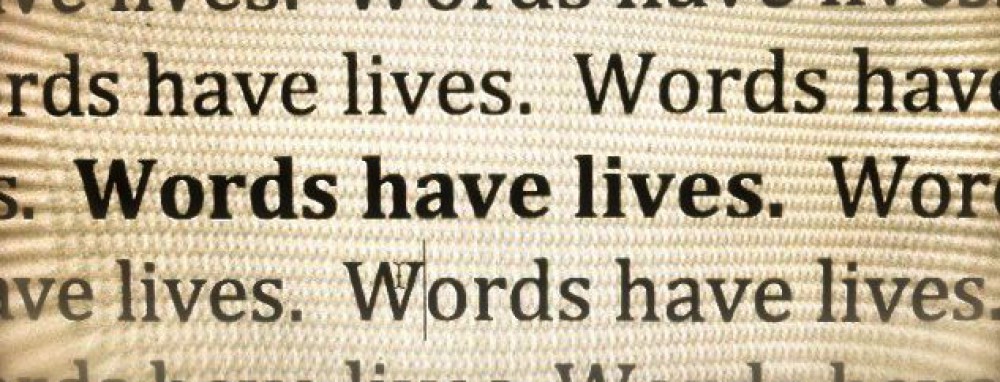 Verb tense consistency means that all of the verbs within the sentence, or passage, are in the same tense. This is important, so that it is clear to the reader, when the action has happened. If the verbs are in the past tense, we know that the action has already happened. If the verbs are in the present tense, we know that the action is happening right now. If the verbs are in the future tense, the action has not yet happened.
Verb tense consistency means that all of the verbs within the sentence, or passage, are in the same tense. This is important, so that it is clear to the reader, when the action has happened. If the verbs are in the past tense, we know that the action has already happened. If the verbs are in the present tense, we know that the action is happening right now. If the verbs are in the future tense, the action has not yet happened.
When the tense is not consistent the reader can become confused about when an event took place. It can be tricky to maintain tense consistency since, we often start telling a story that happened in the past, and then shift to the present tense, in the middle of the story, like this:
Yesterday I walked down the street and I saw a huge dog. The dog was walking all by itself and I wondered where it’s owner was. Suddenly the dog starts running towards me at full speed. It’s running so fast that I don’t have time to think, so I jump behind a mail box and watched it run right past me.
Notice that the verbs in the first two sentences are in past tense. The third sentence shifts into present tense. The fourth sentence starts out in present tense and then shifts to past tense. This kind of unnecessary tense shifting can be confusing to the reader.
We do this when we talk because we want our listener to feel as if they were right there with us having that experience. Nevertheless, it is important not to do this in writing, so that the reader doesn’t become confused. The trick is to pick a tense and stick with it. When writing about something that happened yesterday stick with the past tense. When writing about something that is happening right now stick with the present tense, and when writing about something that will happen in the future stick with the future tense.
Here is that same story in consistent past tense:
Yesterday I walked down the street and I saw a huge dog. The dog was walking all by itself and I wondered where its owner was. Suddenly the dog started running towards me at full speed. It was running so fast that I didn’t have time to think, so I jumped behind a mail box and watched it run right past me.
Notice how much clearer that passage is with all of the verbs in past tense.
Here it is again in present tense:
I walk down the street and I see a huge dog. The dog is walking all by itself and I wonder where its owner is. Suddenly the dog starts running towards me at full speed. It’s running so fast that I don’t have time to think, so I jump behind a mail box, and watch it run right past me.
Please note that it is difficult to maintain consistent present tense. It is also rare that consistent present tense is needed since it is unusual to write about something while it’s actually happening.
Here’s a link to a lesson on verb tense consistency. https://owl.english.purdue.edu/owl/resource/601/04/
Here is a link to several verb tense consistency exercises. https://owl.english.purdue.edu/exercises/2/22
Watch this video for an interactive verb tense consistency lesson.





